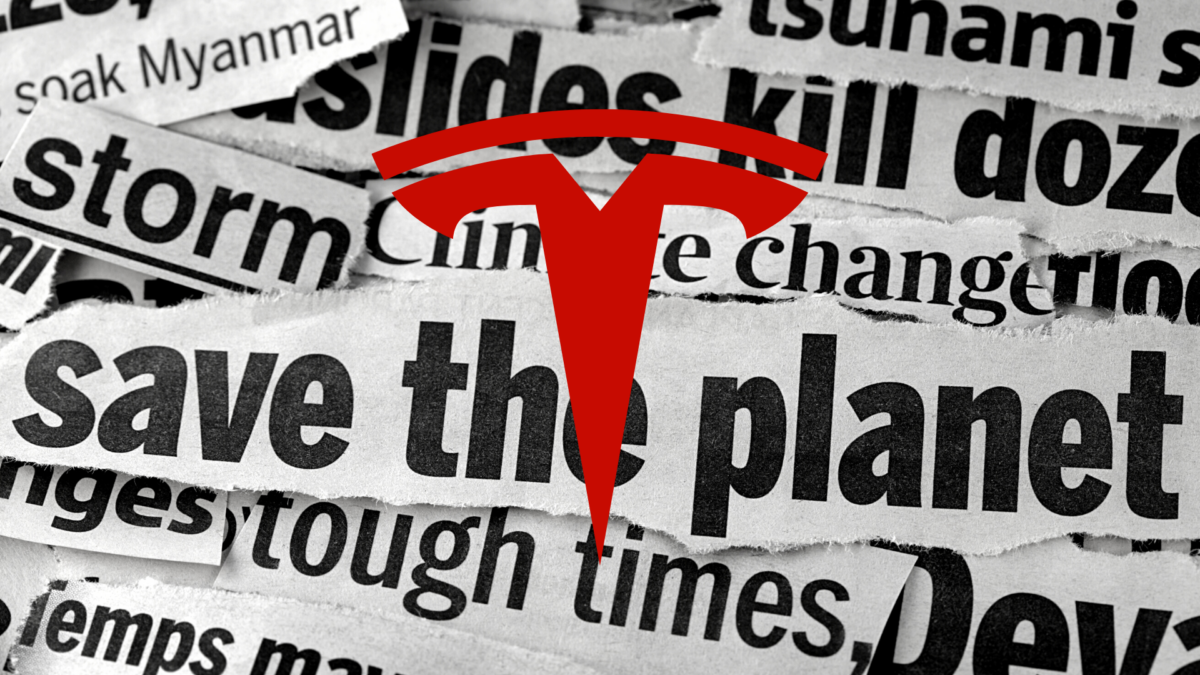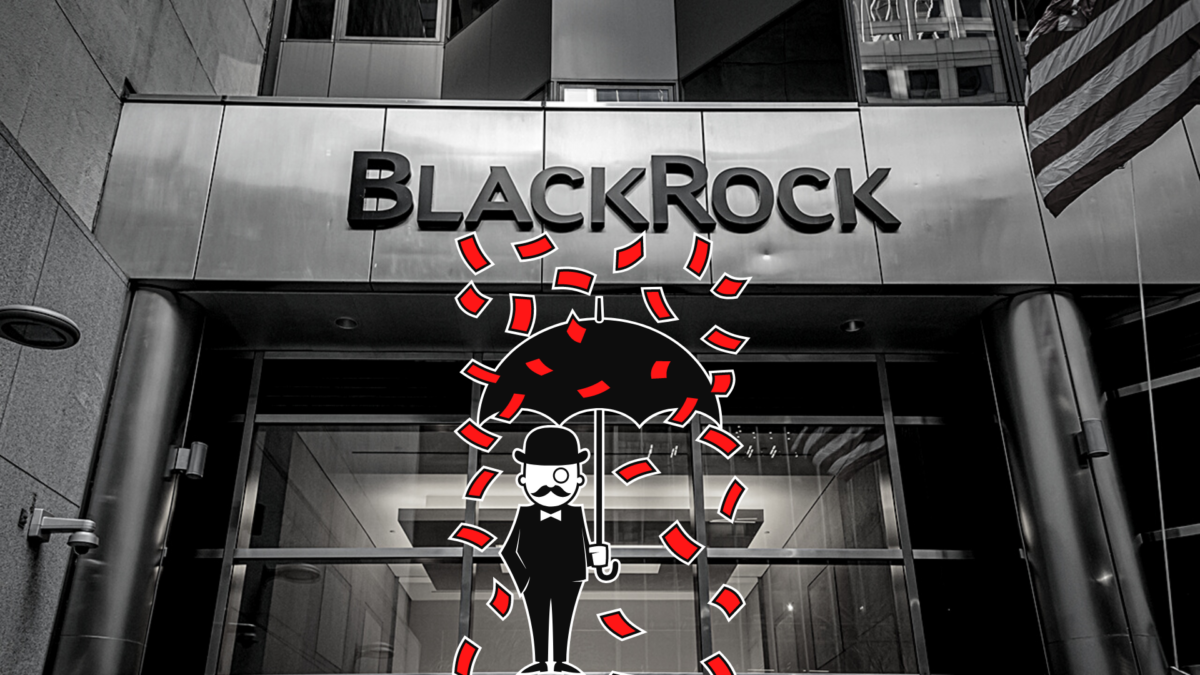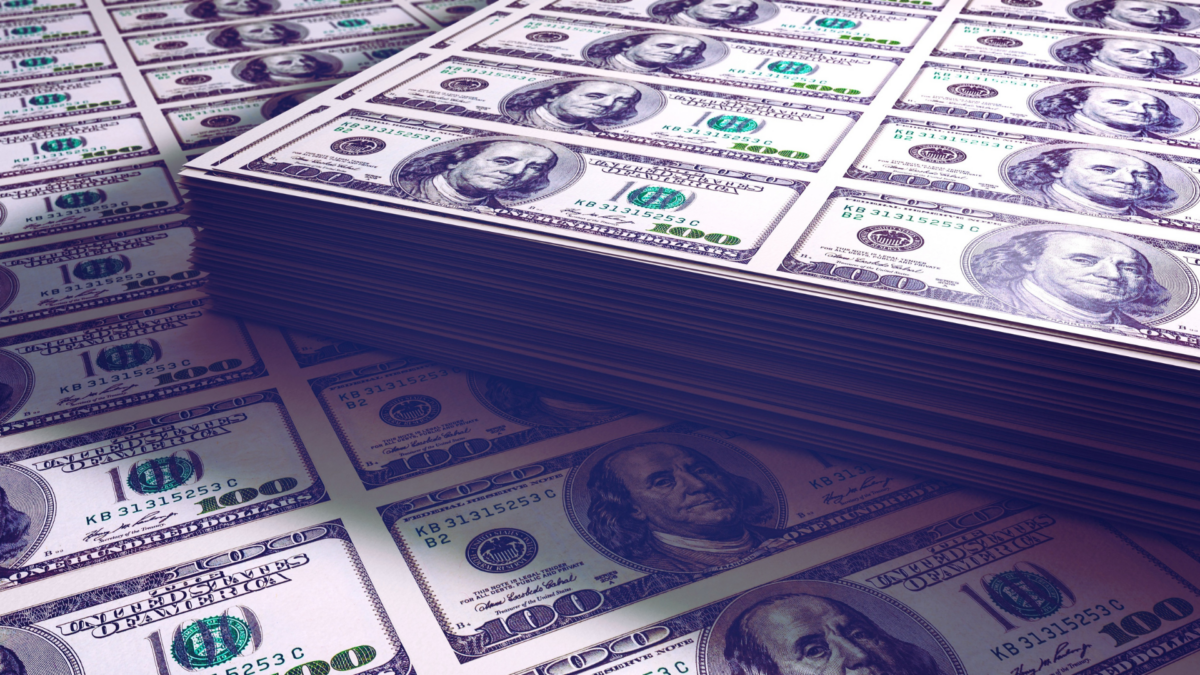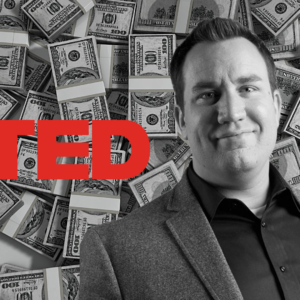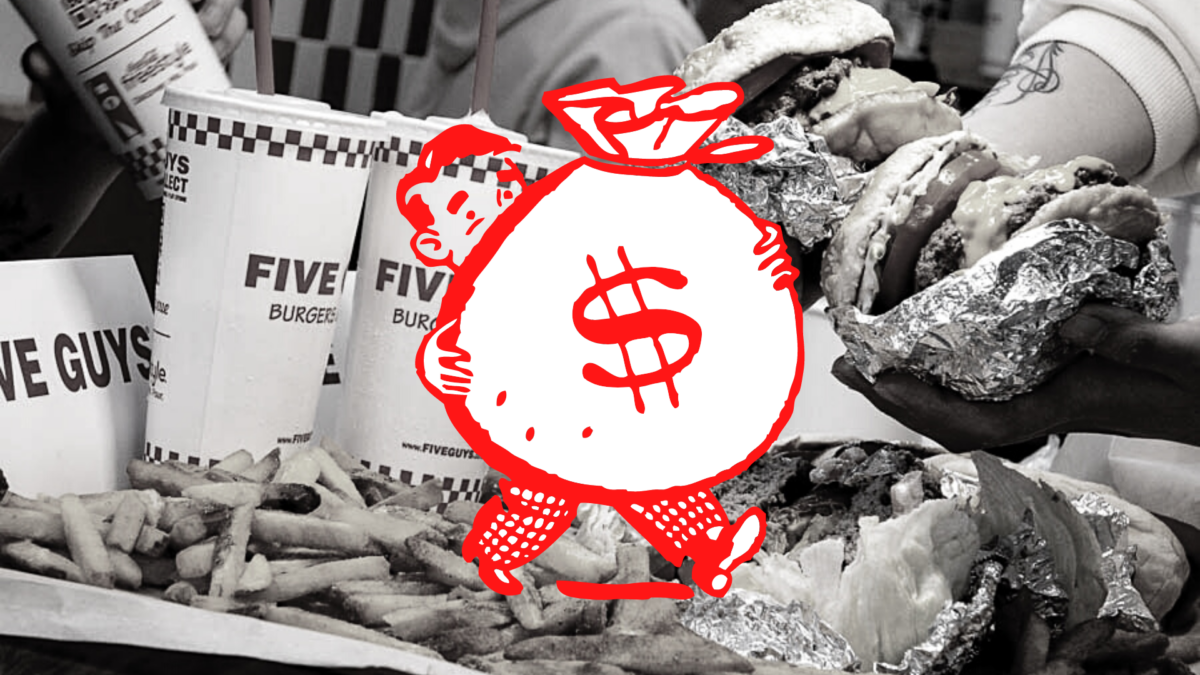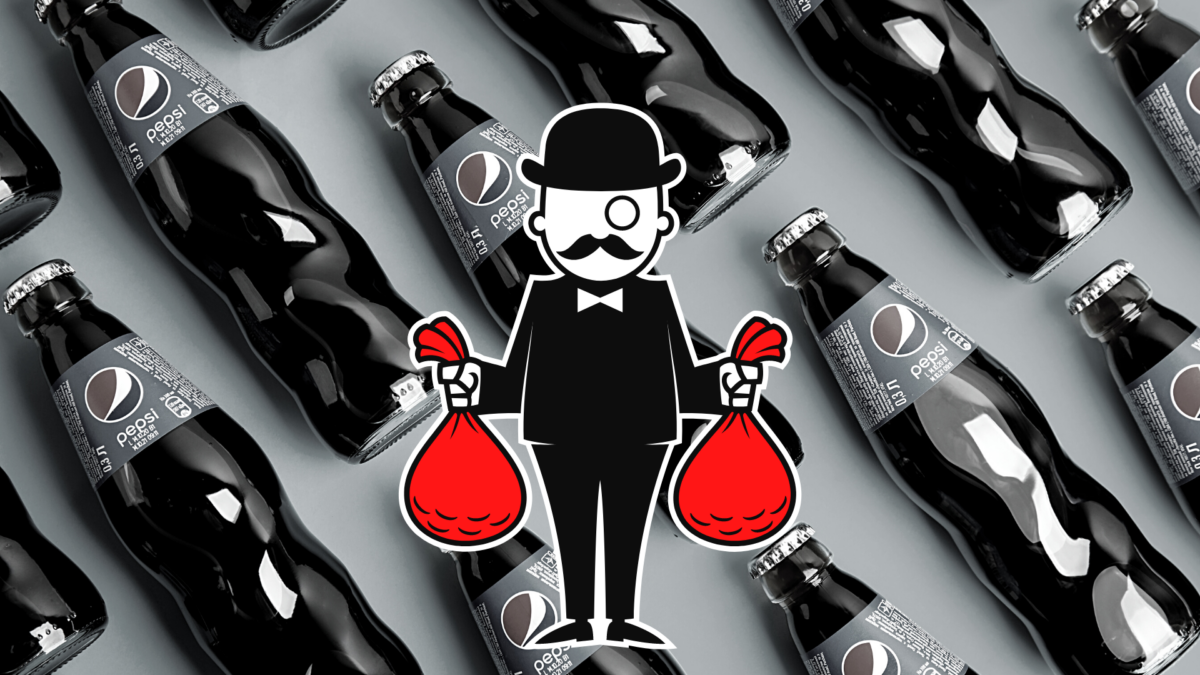
Turns out, pretty rich actually. But how much money are we talking about?
For starters, according to a study, becoming a professional YouTuber has officially become the most desirable jobs on the planet.
Which makes sense given some of the biggest YouTubers are generating more money than professional athletes.
The amount of money they are generating is pretty crazy. Here are some of the top content creators on YouTube with the highest earnings.
These Top YouTubers Are Making How Much Money?
- Ryan’s World — $22 million
- Jake Paul – $21.5 million
- Dude Perfect – $20 million
- Daniel Middleton (DanTDM) – $18.5 million
- Jeffree Star – $18 million
- Mark Fischbach (Markiplier) – $17.5 million
- Evan Fong (VanossGaming) – $17 million
- Sean McLoughlin (Jacksepticeye) – $16 million
- Felix Kjellberg (PewDiePie) – $15.5 million
- Logan Paul – $14.5 million
Which begs the question, how many views do you have to get on your YouTube channel to get a fat paycheck?
How Much Can You Make Off Your YouTube Videos?
YouTubers charge brands anywhere from $10 to $50 per 1,000 views, depending on the estimated amount of total views for the pending video. If the video hits 1 million views, then the YouTuber makes anywhere from $10,000 to $50,000.
Crazy right? But there’s a little more to it than that. Here’s the catch…
The Truth About Making Money on YouTube
The vast majority of YouTubers don’t make any money and despite how easy people think it is. Creating a quality YouTube audience and content is a hell of a lot harder than most people think. And it’s only getting harder…
It’s a competitive marketplace. As of 2022, there are more than 51 million YouTube channels out there. The number of channels is growing strong: last year it grew by 36%. People all around the world are creating a YouTube channel, and uploading 500 hours of video every minute.
But obstacles be damned, if you’re up to the task and are interested in cashing in on the billions of people tuning in to watch YouTube videos (and ads), here’s a video that breaks down exactly how to make money using the giant cash printing machine:
WATCH:
For more information visit tylerhayzlett.com

